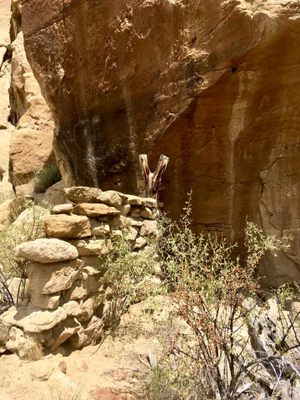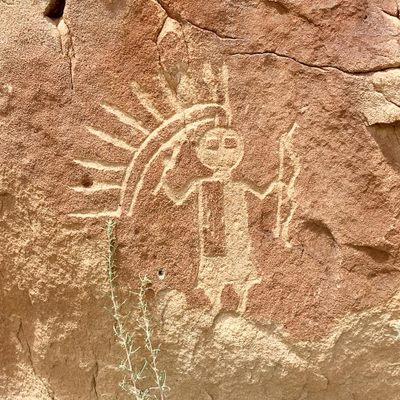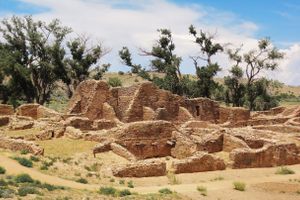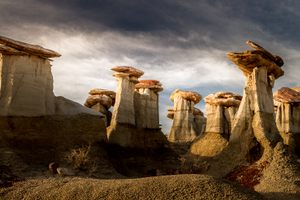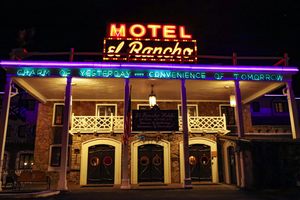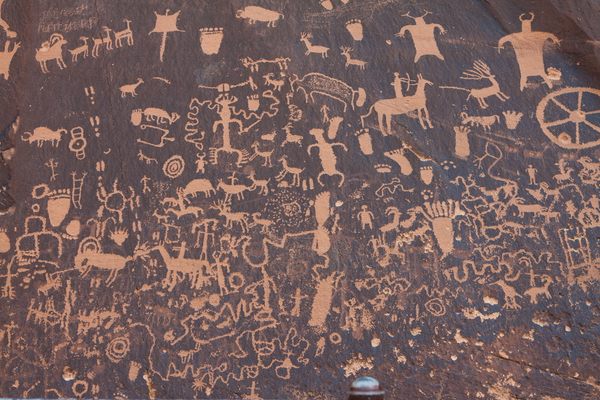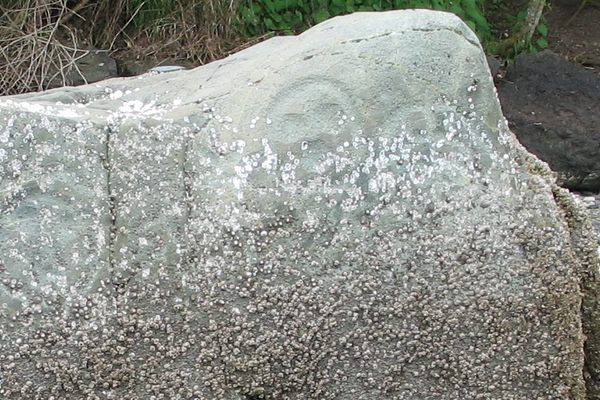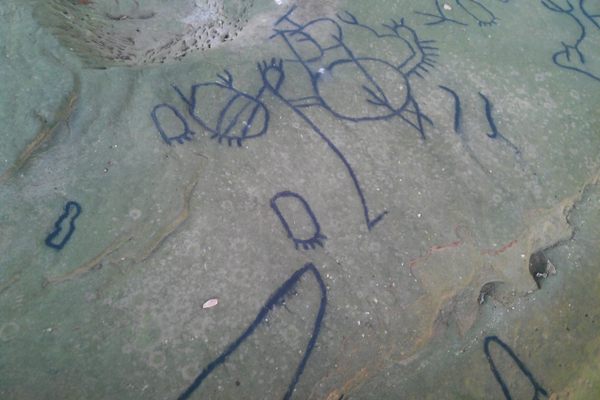About
This rocky swath of land in New Mexico is home to an abundance of archaeological ruins. The Crow Canyon Petroglyphs in particular are said to be the American Southwest’s most extensive collection of Navajo rock art from the 16th through 18th centuries.
The Crow Canyon Archaeological District is a remote and relatively obscure area in the heart of Dinétah, which is the traditional and ancestral homeland of the Navajo people. The foundations for the Navajo culture were well established in the area, dating back as far as the year 1100. The Navajo lived within Dinétah until about the late 1700s, when they were forced to abandon it and move elsewhere because of pressure from the Ute people and encroaching Spanish settlers.
The artwork in Crow Canyon preserves traces of the people who once called the land home. Most of the petroglyphs are clustered into “panels” carved predominantly within the canyon’s south-and-east-facing walls. Gazing upon them is like viewing a gallery full of hundreds of stylized animals, people, crops, weapons, and supernatural beings.
Because the petroglyphs appear similar to Navajo ceremonial sand paintings, archaeologists believe these were likely linked to a ceremonial purpose as well. You’ll also see much older Ancestral Puebloan rock art intermingled with the Navajo petroglyphs.
In addition to petroglyphs, Crow Canyon contains several Navajo pueblitos (archaeological ruins), built in the 16th and 17th centuries. They are, for the most part, less accessible than the petroglyphs.
Today, the Navajo Tribe is the largest Native American tribe in the United States, with more than 250,000 members.
Related Tags
Know Before You Go
Crow canyon is relatively obscure and remote. It is unlikely you will encounter other visitors. It is on BLM land and signage is reasonably good. A high clearance 4-wheel drive vehicle is recommended, but not essential in dry weather. You should allow four hours for your adventure to the Dinéta.
To reach the petroglyphs, take County Road 4450 east from US 64 (east of Farmington, New Mexico, Aztec, New Mexico, and just east of Blanco, New Mexico) for 19 miles. This is a dirt road which is reasonably well maintained. You will cross Largo Wash at five miles and again at 19 miles. Then turn north (there will be a sign) and drive approximately one mile to the mouth of Crow Canyon.
From there, there are signs to the various petroglyph areas. Most of the petroglyphs are at ground level so no climbing or scampering is involved to see them. The road and the wash may become impassable during or following rain, so be mindful of the weather. You are pretty much out in the middle of nowhere, (20+ miles to the nearest paved road), and there is no cell coverage. Bring water.
Published
August 1, 2018





